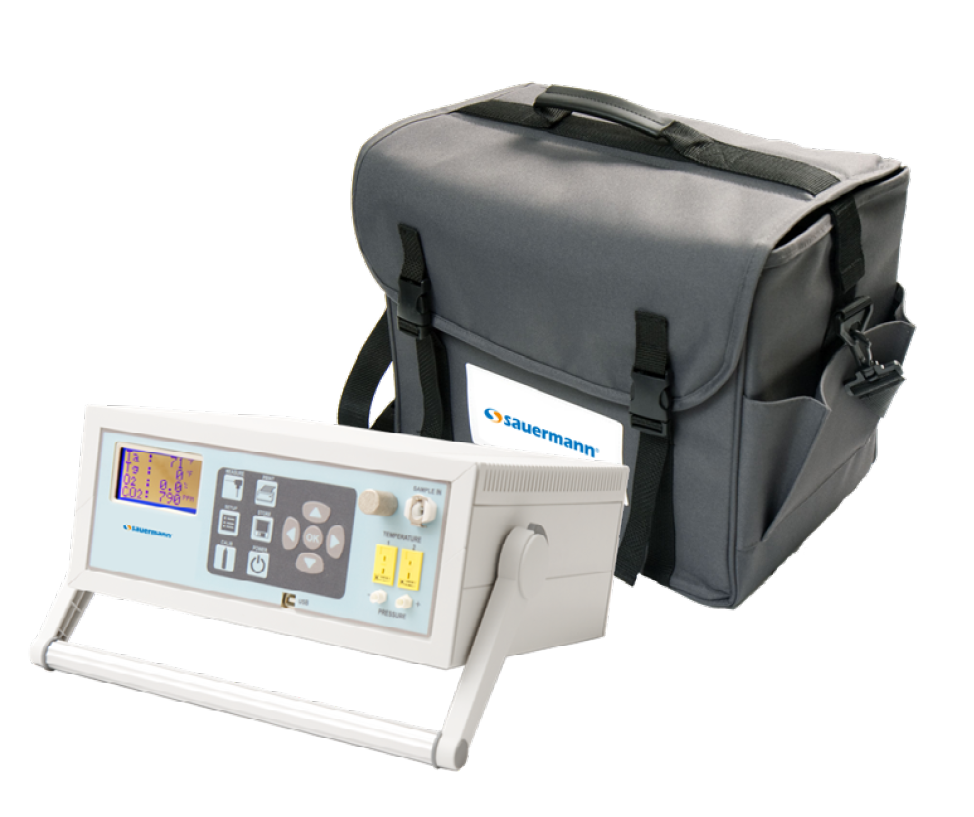The Toxic Effects of Hydrogen Sulfide (H2S) Gas From Sewers

How is Hydrogen Sulfide Created?
Hydrogen sulfide emitted from sewers and septic tanks can cause serious health issues. Hydrogen sulfide gas is created and released into the air when waste water remains stagnant for a long period of time, and becomes depleted of dissolved oxygen. Although sewer workers are most likely to be affected by hydrogen sulfide overexposure, people living or working near improperly functioning sewage systems can also be affected by this toxic gas. Higher levels of hydrogen sulfide are often found within the steam rising from manhole covers in cities, which can be brought into homes and buildings through HVAC systems causing adverse health effects for occupants.

Hydrogen Sulfide Causes Significant Damage to Health and Infrastructure
Hydrogen sulfide exposure causes a variety of adverse health issues. Low levels of hydrogen sulfide can cause respiratory issues, eye irritation, dizziness, nausea, headache and drowsiness. At high levels, hydrogen sulfide can cause rapid loss of consciousness and even death.
Hydrogen sulfide not only causes adverse health effects in exposed populations, it is also responsible for an estimated 50-70% of the sewage pipe corrosion in the United States, currently requiring upwards of $3 billion for rehabilitation. This corrosion occurs when hydrogen sulfide gas reacts with the moisture on the walls of the pipe to form caustic sulfuric acid (HSO), which corrodes the infrastructure of the sewage system. This corrosion leads to the need for costly pipe repairs, and increases the likelihood that additional hydrogen sulfide will be released into the air near offices and homes. Conducting a comprehensive indoor air quality assessment, including hydrogen sulfide measurement, can improve the health, comfort and safety of occupants.

Monitoring Solution: Si-AQ EXPERT Air Quality Monitor
The measurement of the concentration of H2S commonly found in indoor environments can be performed using the Sauermann Si-AQ EXPERT portable IAQ Monitor. This specialised monitoring instrument utilises the latest sensor technology that allows air quality analysts, environmental safety companies, laboratory technicians, etc., to quickly and accurately monitor the levels of dangerous H2S present in the breathing environments of homes, office buildings, laboratories, or industrial facilities.
The Si-AQ EXPERT includes software with real-time continuous data logging, wireless Bluetooth® compatibility, and can be customised to monitor up to 11 different parameters relevant to indoor air quality.
